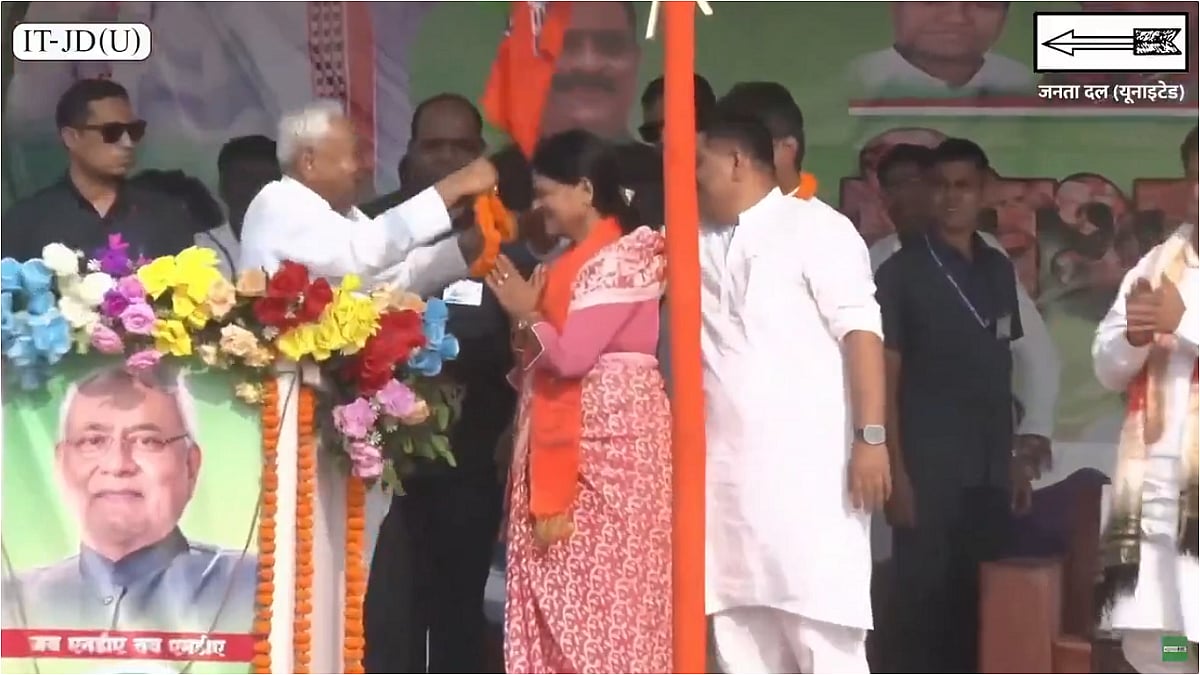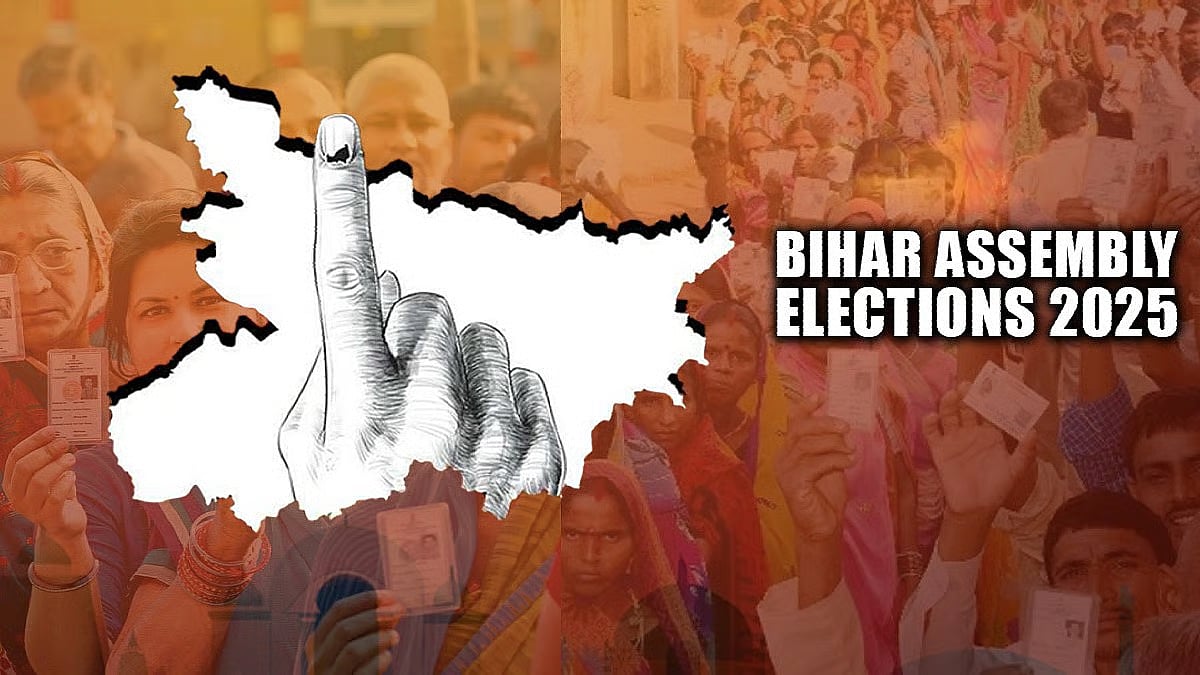A year after Finance Minister Nirmala Sitharaman announced 2022-23 as the International Year of Millets (IYM), a lot has been done towards creating demand and awareness at the national and global level. But a lot still remains to be done in terms of enhancing availability, accessibility and acceptability of millets.
Budget 2022-23 extended support to post-harvest value addition. This year, a bigger boost to the environment-friendly “superfoods” can be reasonably anticipated. Seen from the perspective of the alarming rise in the incidence of diabetes, the crying need for crop diversification and the fact that India accounts for almost a fifth of global production, it can be argued that upscaling production and consumption of millets is an imperative.
Consider that 80 million Indians live with diabetes, which translates into an economic burden of tens of billions of dollars (USD 31 billion, according to one study). The villains in this scenario are polished white rice and refined white flour. Besides, gluten-related allergies afflict some eight million people (gluten is the stuff in wheat and barley that makes the dough elastic). Millets are gluten-free, nutrient-dense, high in soluble fibre and have a lower glycaemic index than wheat or rice.
Health professionals and all systems of medicine advocate millets as part of the staple diet. The number of health-conscious citizens switching to millet-based diets is growing and new converts argue in favour of “mota anaaj” with evangelistic fervour. A roti (bhakri/rotla) of bajra, jowar or ragi is harder to roll out, involving force and finesse, but pays off in multiple health benefits.
As for educating consumer palates, the wholesome mouthfeel of millet rotis is due to their robust texture, in contrast to the soft and smooth wheat flour chapatis. We tend to forget that we are just a couples of generations removed from millet-rich diets. Today’s sexagenarians will remember that lakhs of hectares in Punjab were under bajra when they were growing up. Ragi has its staunchest advocate in former Prime Minister H D Deve Gowda, who famously loves his ragi mudde (balls of cooked millet flour).
So there’s no excuse for the preponderance of wheat and rice in government-supported nutrition schemes, just because they are easier to procure, process and transport. Replacing them with millets in mid-day meals served at anganwadis and in the free-grain Pradhan Mantri Garib Kalyan Anna Yojana will help in addressing malnutrition and hidden hunger, and will exponentially increase demand.
Farmers understand the importance of shifting to millets in the long term. Coarse grains are drought-resistant crops that require far fewer inputs in terms of fertilisers and pesticides, are better for soil health, much more efficient in sequestering carbon and can provide fodder. By comparison, rice needs four times as much water, is useless as fodder, and leads to greenhouse gas emissions in the form of methane.
The export potential of millets is huge, owing to a surge in global demand fuelled by growing consciousness of their positive health and climate effects. Although India is the highest producer, it is the fifth largest exporter. According to APEDA (the Agricultural and Processed Food Products Export Development Authority), India exported millets worth USD 64.28 million in 2021-22, a significant increase over the previous year. But the share of value-added millet-based products is nil.
Why, with all the manifest advantages of millets, are farmers reluctant to expand production? The trouble is that farmers feel that millets offer inadequate returns on investment. The productivity of traditional seeds is low (one tonne per hectare for jowar as compared to 3.5 for wheat) and there’s no robust ecosystem for procurement and post-harvest management in place. The Indian Council of Agricultural Research has released high-yielding varieties of millets, but most farmers find it difficult to access the seeds. In addition, there is a gap in awareness about MSPs even where procurement systems are in place. Besides, processing of millets is labour-intensive, so technical assistance is needed at the post-harvest stage.
Government initiatives to promote millet farmer collectives and millet entrepreneurs need to be ramped up. Agritech startups can play an important role in value addition, from de-hulling to food processing to packaging. Millet bakery products and snacks like ragi murukku have found niche markets, and companies in this space can be incentivised through tax holidays.
Farm policy is guided by the twin imperatives of income security for producers and food security for consumers. Every year, farmers’ organisations, agri-business and agricultural economists weigh in on the farm budget. The cumulative wishlist is so long that the Finance Minister has no choice but to cherry-pick schemes to support. Millets give consumers access to healthy food options and allow farmers to adopt healthy agricultural practices. Hopefully, these supercrops will once again receive their due share of attention in the agricultural budget 2023-2024.
Bhavdeep Kang is a senior journalist with 35 years of experience in working with major newspapers and magazines. She is now an independent writer and author










